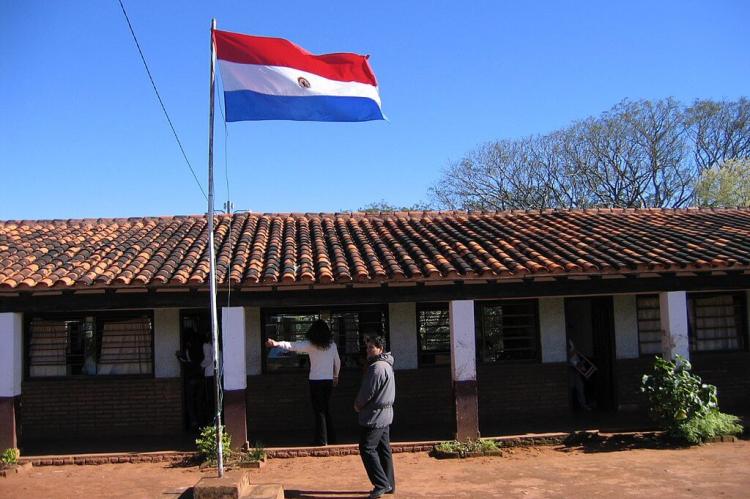Paraguay: Cultural Landscape
Paraguay, located in the heart of South America, offers a unique and diverse cultural landscape shaped by its indigenous heritage, colonial history, and influences from various immigrant groups. This fusion of Indigenous, European, and modern influences has forged a distinct cultural identity.
Paraguay's Cultural Landscape: A Tapestry of Tradition, Heritage, and Modern Influence
Paraguay, located in the heart of South America, offers a unique and diverse cultural landscape shaped by its Indigenous heritage, colonial history, and influences from various immigrant groups. This fusion of Indigenous, European, and modern influences has forged a distinct cultural identity, celebrated through music, dance, language, crafts, cuisine, and customs.
Indigenous Heritage: Preserving Ancient Traditions
Paraguay's cultural foundation is deeply rooted in the traditions of its Indigenous communities, particularly the Guaraní people, who have resided in the region for centuries. Guaraní language, customs, and beliefs permeate Paraguayan society, making it one of the few countries in the Americas to give official status to an Indigenous language alongside Spanish. This unique linguistic coexistence reflects a cultural richness that values ancestral knowledge, spirituality, and close ties to nature. Indigenous practices, such as traditional Guaraní healing methods and agricultural techniques, continue to influence modern Paraguayan culture, especially in rural areas where these communities thrive.
Colonial Legacy: A Blend of European and Indigenous Influence
Spanish colonization in the 16th century profoundly changed Paraguay's cultural landscape. The influence of Spanish colonialism is evident in the country's architecture, art, and religious practices. In Asunción, Paraguay's capital, colonial architecture remains preserved in historic churches and government buildings, showcasing a blend of European styles adapted to the local climate and materials. The fusion of Spanish and Guaraní traditions is also evident in religious customs, where Catholicism has intertwined with Indigenous beliefs, creating unique practices and festivals.
Folklore and Traditional Arts: Celebrating Paraguay's Creative Spirit
Paraguay has a vibrant tradition of folklore and arts that continues to shape its national identity. Music plays a central role in Paraguayan culture, with traditional genres like polka and guaranias—a melancholic yet melodic style of music—widely cherished. These musical forms often feature instruments like the Paraguayan harp, guitar, and accordion, showcasing the country's creative expression. Traditional dances, such as the Paraguayan polka and the bottle dance (in which dancers balance bottles on their heads), are iconic representations of national pride and are performed at cultural festivals and social gatherings.
Handicrafts and Artistic Traditions
Paraguayan craftsmanship highlights the country's artistic heritage, with skilled artisans producing intricate works that reflect Indigenous techniques and colonial influences. Ñandutí lacework, a spider-web-style lace, is a renowned craft that originated from Indigenous textile techniques, while ceramics, pottery, and woven textiles exhibit unique designs. These handicrafts are often sold in local markets and are popular among locals and visitors, symbolizing the blending of Indigenous and European traditions.
Guaraní Language: A Resilient Cultural Anchor
The Guaraní language is spoken by a significant portion of the population and is also an official language alongside Spanish, underscoring its role as a cultural anchor. Guaraní is present in various aspects of Paraguayan life, from media and literature to government and education. Its everyday use reinforces Paraguay's commitment to honoring its Indigenous roots, making it one of the few countries in the Americas to uphold an Indigenous language so extensively. Guaraní phrases and expressions are common in daily conversation, offering a glimpse into Paraguay's unique cultural fabric.
Culinary Traditions: A Fusion of Indigenous and Spanish Flavors
Paraguayan cuisine is a flavorful blend of Indigenous Guaraní and Spanish influences, characterized by simple yet hearty ingredients. Sopa paraguaya, a cornbread-like dish, and chipa, a cheese bread made with manioc flour, are iconic Paraguayan foods that highlight this fusion. The asado (barbecue) tradition is also popular, reflecting the influence of neighboring Argentina. Tereré, a cold herbal tea made from yerba mate, is an essential social drink in Paraguay, especially during the hot summer. It embodies the importance of communal experiences and hospitality, often shared among family and friends.
Jesuit Missions: Historical Legacy and World Heritage
Paraguay's Jesuit Missions, such as La Santísima Trinidad de Paraná and Jesús de Tavarangue, are UNESCO World Heritage sites that symbolize the unique encounter between European missionaries and Guaraní communities. These well-preserved mission complexes were centers of education, religious instruction, and agriculture, where Jesuit missionaries and Indigenous people coexisted in the 17th and 18th centuries. The missions represent a cultural fusion of European and Guaraní values, reflected in these historical sites' architecture, art, and layout.
Festivals and Celebrations: A Year-Round Showcase of Tradition
Throughout the year, Paraguayans celebrate various religious and cultural festivals that highlight their diverse heritage. Semana Santa (Holy Week) is a significant event marked by religious processions and gatherings, while the National Folklore Festival celebrates traditional music, dance, and crafts. The Founding of Asunción festival commemorates Paraguay's capital with parades, performances, and public gatherings celebrating the city's history. These events are crucial to maintaining Paraguayan cultural traditions and fostering a sense of unity and pride.
Contemporary Influences on Paraguayan Culture
As Paraguay continues to develop economically and integrate into the global community, contemporary influences are reshaping its cultural landscape. Modernization, immigration, and technology introduce new perspectives, adding to Paraguay's evolving cultural identity.
Globalization and Economic Growth
Increased trade, foreign investment, and technological advancements have brought Paraguay closer to the global community. As a result, many Paraguayans now have a more cosmopolitan outlook, incorporating international trends in fashion, entertainment, and cuisine. Economic development has also spurred the growth of the middle class, leading to greater disposable income for leisure activities and contributing to a cultural renaissance in urban centers.
Immigration and Cultural Diversity
Paraguay has a long immigration history, with communities of German, Italian, Japanese, Lebanese, and Arab descent adding layers to its cultural tapestry. Each immigrant group has introduced its customs, language, and cuisine, enriching Paraguayan society with diverse traditions. This multicultural environment has led to a distinctive blend of traditions and a broader worldview, evident in international festivals, restaurants, and cultural associations.
Technology and Connectivity
The spread of the Internet and mobile technology has opened new cultural horizons for Paraguayans, allowing greater access to global information and entertainment. Social media, in particular, has provided a platform for young Paraguayans to express their identity and engage with global trends. This digital transformation fosters a more open-minded and globally aware population while simultaneously preserving and promoting Paraguayan culture online.
Challenges Facing Paraguayan Culture
While Paraguay's culture continues to flourish, certain challenges threaten its sustainability. Addressing these issues is essential to preserving Paraguayan cultural identity for future generations.
Economic Inequality
Paraguay's high level of economic inequality limits cultural access for lower-income communities. The wealthy enjoy diverse cultural opportunities, while poorer populations may face barriers to participating in cultural events, education, and arts programs. Addressing these disparities could help bridge the gap, ensuring that cultural experiences are available to all Paraguayans.
Cultural Assimilation
Bordered by influential nations like Brazil and Argentina, Paraguay faces pressures of cultural assimilation, which can dilute its unique traditions. The prevalence of Brazilian and Argentine media and commerce sometimes leads Paraguayans to feel overshadowed by larger cultural forces. National programs promoting Paraguayan culture and arts could help reinforce Paraguay's distinct identity on the global stage.
Environmental Degradation
Environmental challenges, including deforestation and climate change, have significantly impacted Paraguay's rural culture, particularly in agricultural areas. Loss of traditional farmland and rural migration to urban centers have contributed to a decline in certain traditional practices. Sustainable environmental policies can help protect natural resources vital to Paraguay's cultural heritage.
Violence and Crime
Paraguay's high levels of violence and crime create safety concerns that impact social and cultural activities. Fear of crime can prevent people from participating in public events, limiting community engagement and cultural growth. Addressing these issues through improved social policies and public safety measures could help foster a safer environment for cultural expression.
Conclusion
Paraguay's cultural landscape is a vibrant fusion of Indigenous heritage, colonial legacy, and contemporary influences. The Guaraní language, traditional arts, music, and cuisine reveal the depth of Paraguay's cultural heritage, while modern influences and economic progress contribute to its evolving identity. Despite the challenges of inequality, cultural assimilation, and environmental degradation, Paraguay's commitment to preserving its unique culture ensures that future generations can experience and celebrate the rich traditions and resilience that define Paraguayan society.
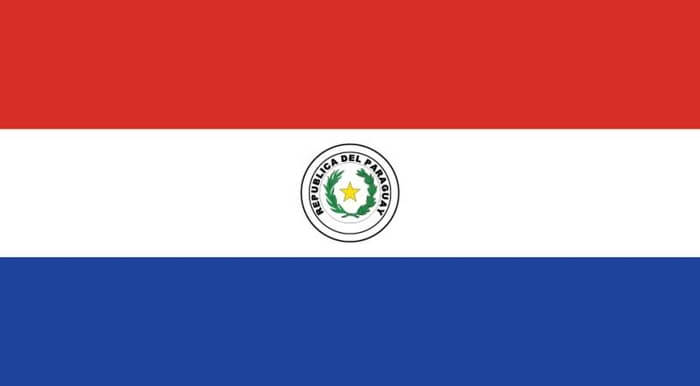
The official flag of Paraguay.
Cultural Geography of Paraguay
Largest Cities / Metro Areas
Ranked by population estimate (2023):
Gran Asunción (2,482,000): Gran Asunción is the metropolitan area of the capital city of Paraguay, Asunción. It consists of twenty cities: Asunción, the capital, and the surrounding cities in Central Department. Founded in 1537 by Spanish conquistadors, Asunción was the capital of the Spanish colony of Paraguay until 1811, when it declared its independence. One in three Paraguayans lives in this bustling metropolis with modern and colonial architecture and many activities and attractions. The city has many universities, hospitals, and other essential institutions. It is also a major commercial and industrial center, with a large port on the Paraguay River.
Ciudad del Este (671,000): Ciudad del Este is the second-largest city in Paraguay and the capital of the Alto Paraná department. It is located on the Paraná River, near the border with Brazil and Argentina. Ciudad del Este was founded in 1957 and has grown into a bustling metropolis. The city is home to a diverse population and is a melting pot of cultures. The city is a major commercial center known for its duty-free shops. It is also a popular tourist destination due to its proximity to the Iguazu Falls and the Itaipu Dam.
San Lorenzo (204,000): San Lorenzo is a city in the Central Department of Paraguay, located about 9 kilometers from the capital, Asunción. It is Paraguay's third most populous city, with over 250,000 people. The city is known for its vibrant culture and nightlife. San Lorenzo is home to several universities, including the National University of Asunción, as well as several hospitals and other vital institutions. The city is also a major commercial center, with a large market and many shopping malls.
Luque (171,000): Luque is a city in the Central Department of Paraguay, part of the Gran Asunción metropolitan area. Both 1635 and 1750 have been recorded as the dates of its founding. It was temporarily the capital of Paraguay in 1868 during the Paraguayan War before relocation to San Estanislao. The city is home to Silvio Pettirossi International Airport, Paraguay's main airport. The economy of Luque is based on agriculture, manufacturing, and services. The city is home to many factories that produce textiles, shoes, and other goods. Luque is also a significant center for the service industry.
Encarnación (67,000): Encarnación is a city in the Itapúa department of Paraguay, located on the Paraná River, opposite the Argentine city of Posadas. Encarnación is a popular tourist destination due to its warm climate, beautiful beaches, and vibrant culture. The city is home to several historical landmarks, including the Jesuit Missions of Jesús de Tavarangue and Trinidad del Paraná, which are UNESCO World Heritage Sites.
Mariano Roque Alonso (65,000): Mariano Roque Alonso is a city in the Central Department of Paraguay, located about 18 km (11 mi) from the capital, Asunción. The city is known for its vibrant culture and nightlife. Mariano Roque Alonso has several museums, theaters, art galleries, and some bars and clubs. The city is also home to several parks and gardens, popular spots for locals and tourists alike.
Pedro Juan Caballero (64,000): Pedro Juan Caballero is the capital of the Amambay Department of Paraguay, located on the border with Brazil. It is also a major regional commercial center with many shops, restaurants, and hotels. The city is known for its lively nightlife, with various bars, clubs, and restaurants. It is also a popular destination for gambling, with several casinos in the city center.
Villa Elisa (53,000): Villa Elisa is located in the Central Department of Paraguay, about 16 km (10 mi) from the capital, Asunción. It is a popular residential and commercial area. Villa Elisa is a modern city with many amenities, including schools, hospitals, shopping malls, and restaurants.
Capiatá (51,000): Capiatá is located in the Central Department of Paraguay, about 20 km (12 mi) from the capital, Asunción. Capiatá is a major commercial and industrial center with many businesses and factories. The city also has several educational institutions, including the Universidad Nacional de Asunción (UNA).
Administrative Divisions
Paraguay is divided into two regions, seventeen departments, and one capital district for administrative purposes. Each department is subdivided into districts and has a capital city.
Capital City
Distrito Capital (Asunción): Asunción is Paraguay's capital and largest city. It is both the country's capital and an autonomous district and is the country's political, economic, and cultural center.
Oriental Region - Departments (Capital City):
Concepción (Capital: Concepción): Concepción is a department located in the northern part of Paraguay. It is known for its historical significance, including its role in Paraguay's fight for independence.
San Pedro (Capital: San Pedro de Ycuamandiyú): San Pedro is situated in the central-northern region of Paraguay. It is characterized by its agricultural activities, including cotton, soybeans, and sugarcane production.
Cordillera (Capital: Caacupé): Cordillera is located in the central part of the country. It is known for its scenic landscapes and the town of Caacupé, which hosts a popular religious pilgrimage each December.
Guairá (Capital: Villarrica del Espíritu Santo): Guairá is situated in the eastern part of Paraguay and is known for its agriculture, particularly the cultivation of yerba mate, a traditional South American beverage.
Caaguazú (Capital: Coronel Oviedo): Caaguazú is located in the central-eastern region of Paraguay. It is known for its diverse agriculture, including soybeans, rice, and citrus fruits.
Caazapá (Capital: Caazapá): Caazapá is a department in southeastern Paraguay. It is known for its natural beauty, including hilly terrain and lush forests.
Itapúa (Capital: Encarnación): Itapúa is situated in the southeastern part of Paraguay along the Paraná River. It is known for its tourism, particularly the city of Encarnación and the Jesuit Missions.
Misiones (Capital: San Juan Bautista): Misiones is located in southern Paraguay and is known for its historical significance. It was one of the regions where Jesuit missions were established in the 17th century.
Paraguarí (Capital: Paraguarí): Paraguarí is in the southern part of Paraguay and is known for its agriculture, including the cultivation of tobacco and sugarcane.
Alto Paraná (Capital: Ciudad del Este): Alto Paraná is situated in the eastern part of Paraguay, near the border with Brazil. It is known for its commerce and trade, and the city of Ciudad del Este is a central commercial hub.
Central (Capital: Areguá): Central is the smallest department in Paraguay but contains the country's capital, Asunción. It is a highly populated and economically active region.
Ñeembucú (Capital: Pilar): Ñeembucú is located in the southwestern part of Paraguay and is known for its riverine landscapes along the Paraná and Paraguay rivers.
Amambay (Capital: Pedro Juan Caballero): Amambay is in the northern part of Paraguay and is known for its border city, Pedro Juan Caballero, which has significant trade and commerce with Brazil.
Canindeyú (Capital: Salto del Guairá): Canindeyú is situated in the northeastern part of Paraguay, near the border with Brazil. It is known for its commercial activities and border trade.
Occidental Region - Departments (Capital City):
Presidente Hayes (Capital: Villa Hayes): Presidente Hayes is located in the western part of Paraguay and is known for its vast plains and cattle ranching.
Alto Paraguay (Capital: Fuerte Olimpo): Alto Paraguay is situated in the Chaco region of Paraguay, sharing borders with Bolivia to the north and west and with other Paraguayan departments to the south and east.
Boquerón (Capital: Filadelfia): Boquerón is Paraguay's largest department, situated in the western Chaco region. It is known for its semi-arid landscapes and cattle farming.

Map of administrative divisions of Paraguay.
Geographic Regions (Zones)
The Paraguay River divides the country into two distinct eastern and western geographic regions:
Eastern Region (Región Oriental): also known as the Paraneña, composed chiefly of grassy plains and wooded hills
Western Region (Región Occidental): also known as the Chaco Boreal, composed mainly of low, marshy plains
See more: Natural Landscape of Paraguay
Historical, Cultural, and Natural Landmarks
Paraguay offers a unique blend of historical, cultural, and natural landmarks. Here are some notable examples in each category by region:
Eastern Region (Región Oriental)
The Eastern Region of Paraguay, also known as the Región Oriental, is home to various attractions, landmarks, and protected areas. It offers visitors a mix of natural beauty, cultural heritage, and historical significance.
Ybycuí National Park: Located in the Cordillera de Ybycuí, this national park offers diverse ecosystems, including forests, waterfalls, and wildlife. It is a popular destination for hiking, birdwatching, and enjoying Paraguay's natural beauty.
Itaipu Dam: Shared with Brazil, the Itaipu Dam is one of the largest hydroelectric power plants in the world. It is an engineering marvel and a symbol of the region's energy production. Visitors can take guided tours to learn about the dam's construction and environmental impact.
Itaipu Biosphere Reserve: The Itaipu Biosphere Reserve is a UNESCO-designated biosphere reserve in eastern Paraguay. It covers an area of over 1,000,000 ha (2,500,000 acres) and is home to various ecosystems. Visitors can enjoy various activities, including hiking, camping, fishing, and birdwatching. The reserve also has educational facilities, including the Itaipu Museum and the Itaipu Biological Station.
Saltos del Monday: Situated near Ciudad del Este, Saltos del Monday is a stunning waterfall that plunges into the Paraná River. The falls offer breathtaking views and are surrounded by lush vegetation, making it a favorite spot for nature lovers.
San Ignacio Guazú: This historic town is renowned for its Jesuit Missions, which are UNESCO World Heritage Sites. The ruins of the San Ignacio Miní Jesuit mission provide a glimpse into the colonial past and the architectural and cultural legacy of the Jesuit missionaries.
Ciudad del Este: The second-largest city in Paraguay, Ciudad del Este is a bustling commercial hub and a central border crossing point to Brazil. It is famous for its vibrant shopping scene, which offers various goods, from electronics to textiles.
Monday Forest Reserve: Located near Ciudad del Este, this protected area encompasses a vast expanse of subtropical forest. It is home to a diverse array of plant and animal species, providing opportunities for hiking, wildlife observation, and ecological research.
Areguá: Situated on the shores of Lake Ypacaraí, Areguá is a picturesque town known for its colonial architecture, ceramics, and art galleries. Visitors can explore the charming streets, visit local craftspeople, and enjoy the scenic lake views.
San Cosme y Damián: This small town is famous for its ancient Jesuit mission ruins and natural attractions, including the Paraguarí River and Cerro León. It offers opportunities for hiking, swimming, and exploring the region's historical heritage.
Parque Nacional Cerro Corá: Located near Pedro Juan Caballero, this national park is named after Cerro Corá Hill, which marks the spot where Paraguayan national hero Francisco Solano López died during the Paraguayan War. The park features diverse flora and fauna and offers trails for hiking and birdwatching.
Western Region (Región Occidental)
The Western Region of Paraguay, also known as the Región Occidental or the Chaco, is a vast and sparsely populated area characterized by its unique landscapes and cultural heritage. With its untamed landscapes, rich biodiversity, and cultural heritage, the Western Region presents a different side of the country to those who venture into its remote areas. It offers opportunities for nature enthusiasts, history buffs, and those interested in Indigenous cultures to discover a lesser-known part of Paraguay.
Defensores del Chaco National Park: This national park, named after the Paraguayan soldiers who fought in the Chaco War, covers a significant portion of the Western Region. It is one of Paraguay's largest protected areas and encompasses various ecosystems, including wetlands, forests, and savannahs. The park is home to diverse wildlife, including jaguars, anteaters, and a wide range of bird species.
Bahía Negra: Located along the Paraguay River in the far northwestern part of the region, Bahía Negra is a small town and a gateway to the Paraguayan Pantanal. The area is known for its abundant birdlife, and it offers opportunities for wildlife watching, particularly birdwatching, as the area is known for its abundant birdlife.
Filadelfia: Situated in the heart of the Chaco, Filadelfia is a Mennonite colony and serves as a cultural and agricultural center in the region. The town preserves the Mennonite heritage and offers insights into their lifestyle, traditions, and architecture. Visitors can learn about the history of the Mennonite settlement and explore local handicrafts and agricultural practices.
Teniente Enciso National Park: Located near Mariscal Estigarribia, this national park protects a vast area of Chaco vegetation and is recognized as an Important Bird Area. It is home to various bird species, such as the Chaco eagle, and offers birdwatching and nature observation opportunities.
Loma Plata: Another Mennonite colony in the Chaco, Loma Plata showcases the unique culture and lifestyle of the Mennonite community. Visitors can learn about the Mennonite history, visit craft shops, and experience the agricultural practices and technological advancements employed by the community.
Fortín Boquerón: Located near Mariscal Estigarribia, Fortín Boquerón is a historic site from the Chaco War. It was a strategic military outpost during the conflict between Paraguay and Bolivia. It now serves as a museum and memorial, providing insights into the war's events and the harsh conditions soldiers face.
El Chaco Biosphere Reserve: The El Chaco Biosphere Reserve is a UNESCO-designated biosphere reserve located in the northern part of Paraguay. It is home to various ecosystems, including dry forests, grasslands, and wetlands, as well as a wide variety of wildlife. A vital water source for Paraguay and Bolivia, it is also a popular tourist destination, and visitors can enjoy various activities, including hiking, camping, fishing, and birdwatching.
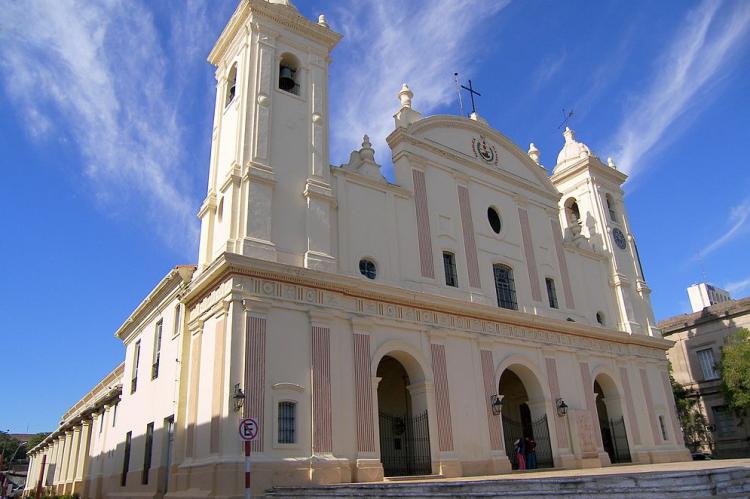
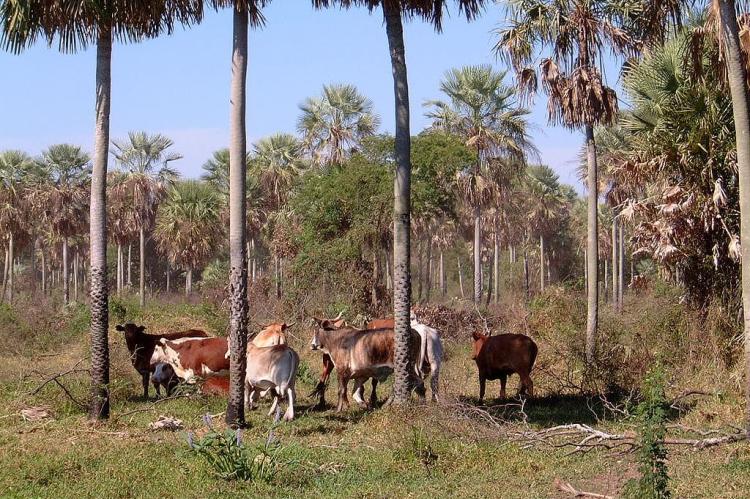
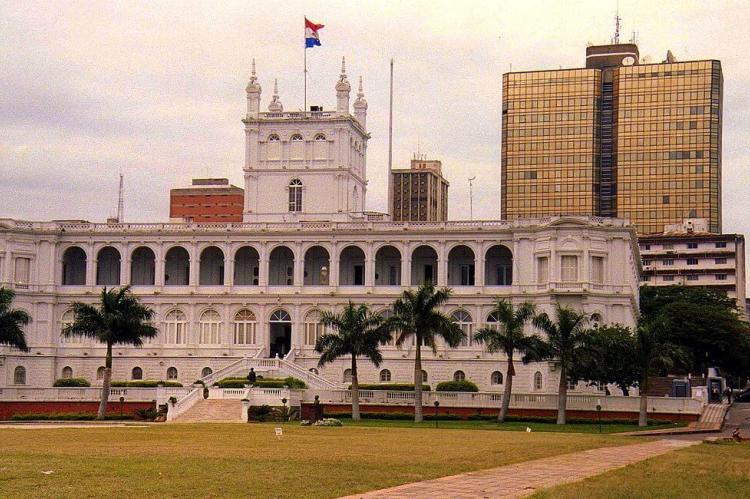
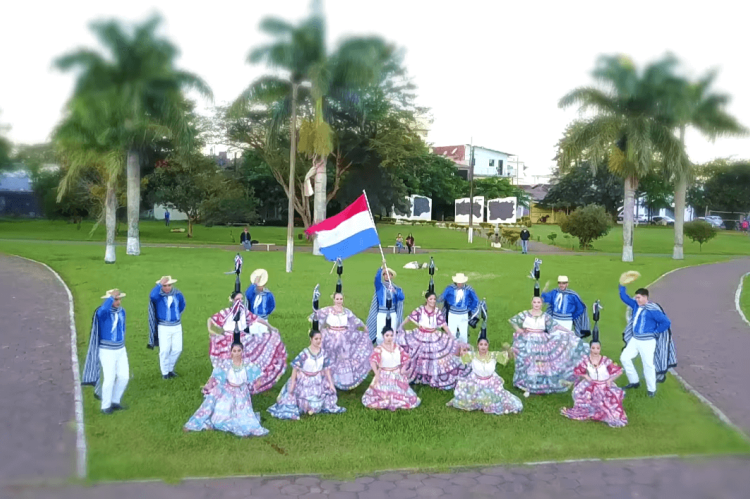
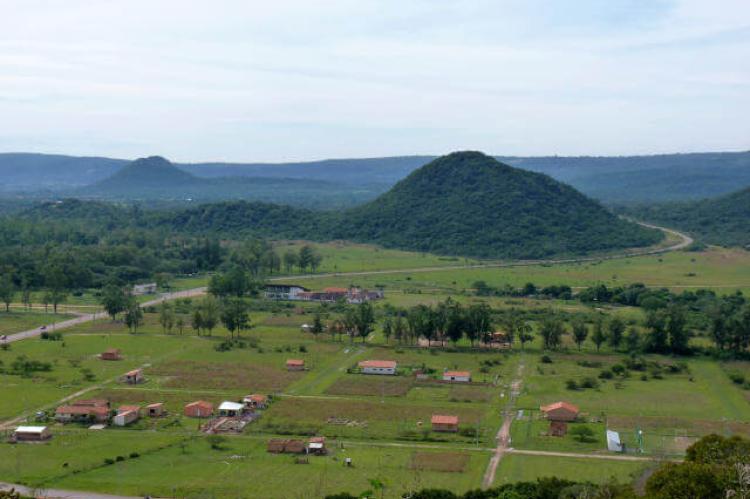
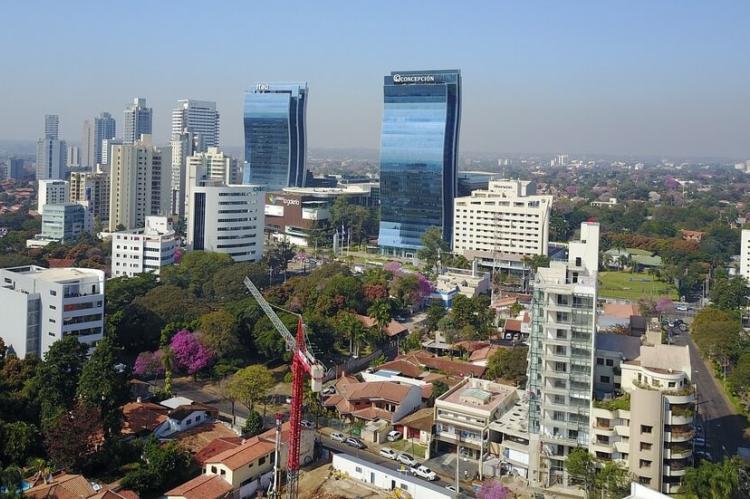
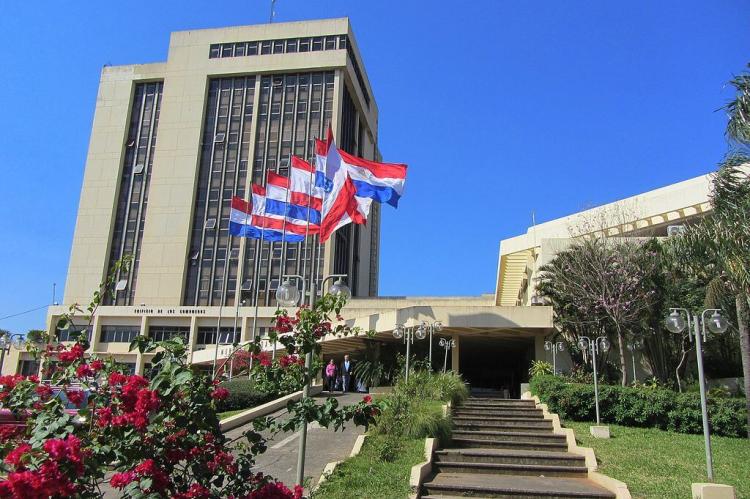
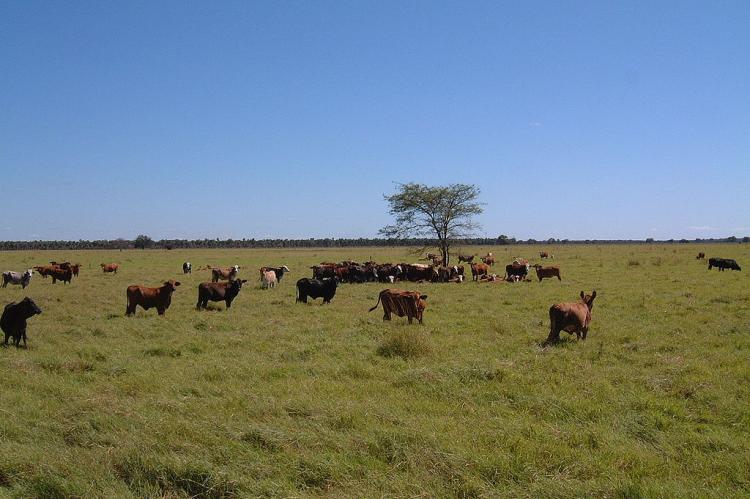
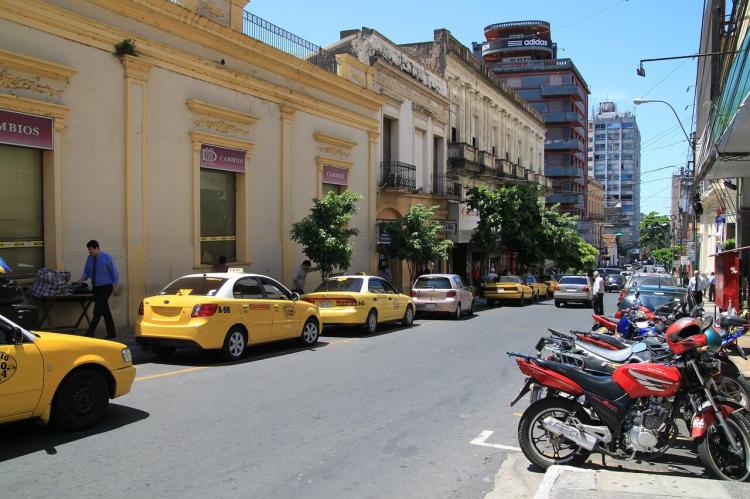
![Church of San Ignacio, Misiones, Paraguay - by Nicholas Solop on Flickr ([www.unsellomas.com]), CC BY-SA 2.0, via Wikimedia Commons Church of San Ignacio, Misiones, Paraguay](/sites/default/files/styles/large/public/church_of_san_ignacio_misiones_paraguay_opt.jpg?itok=0b4GsIG6)
